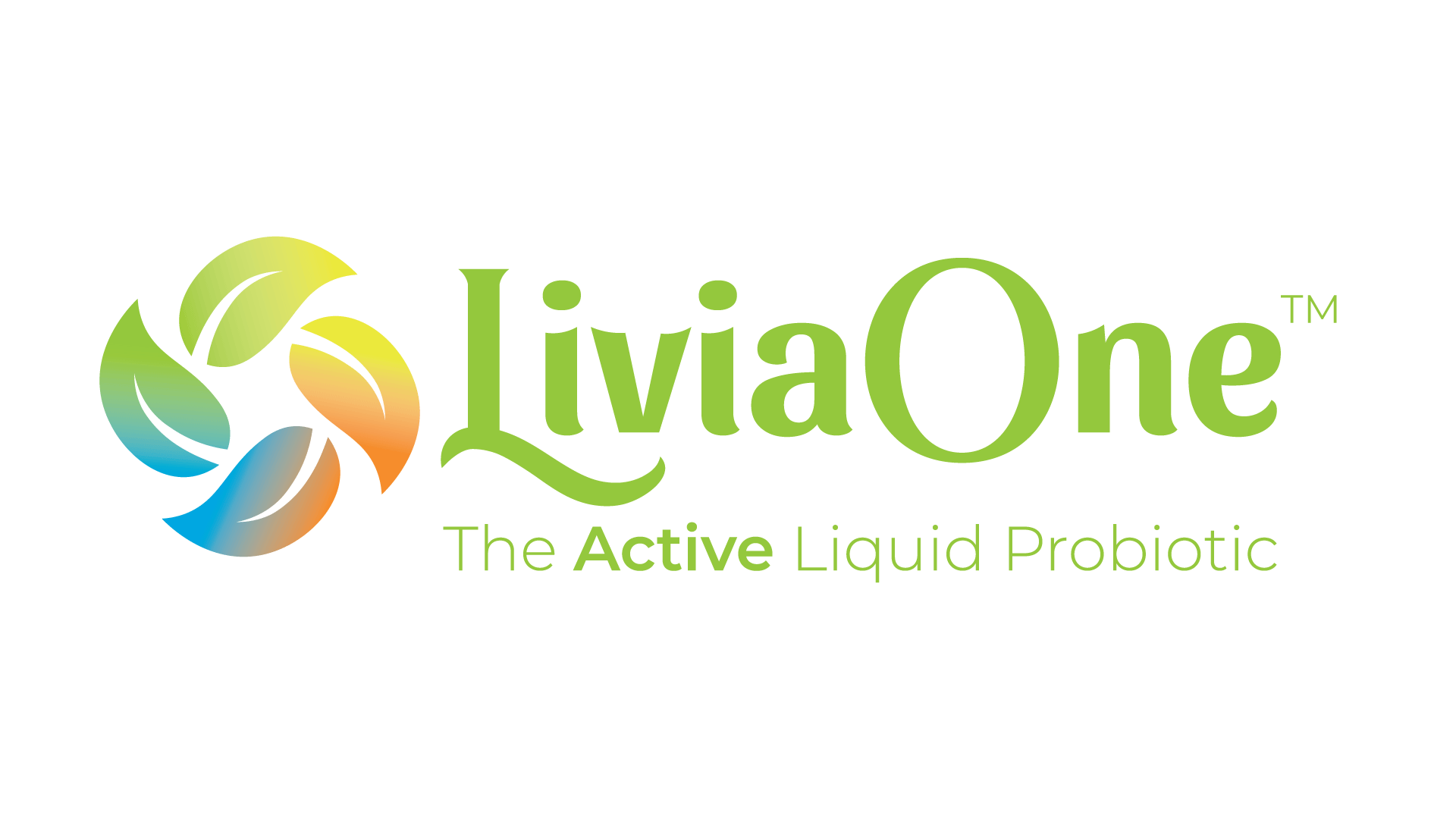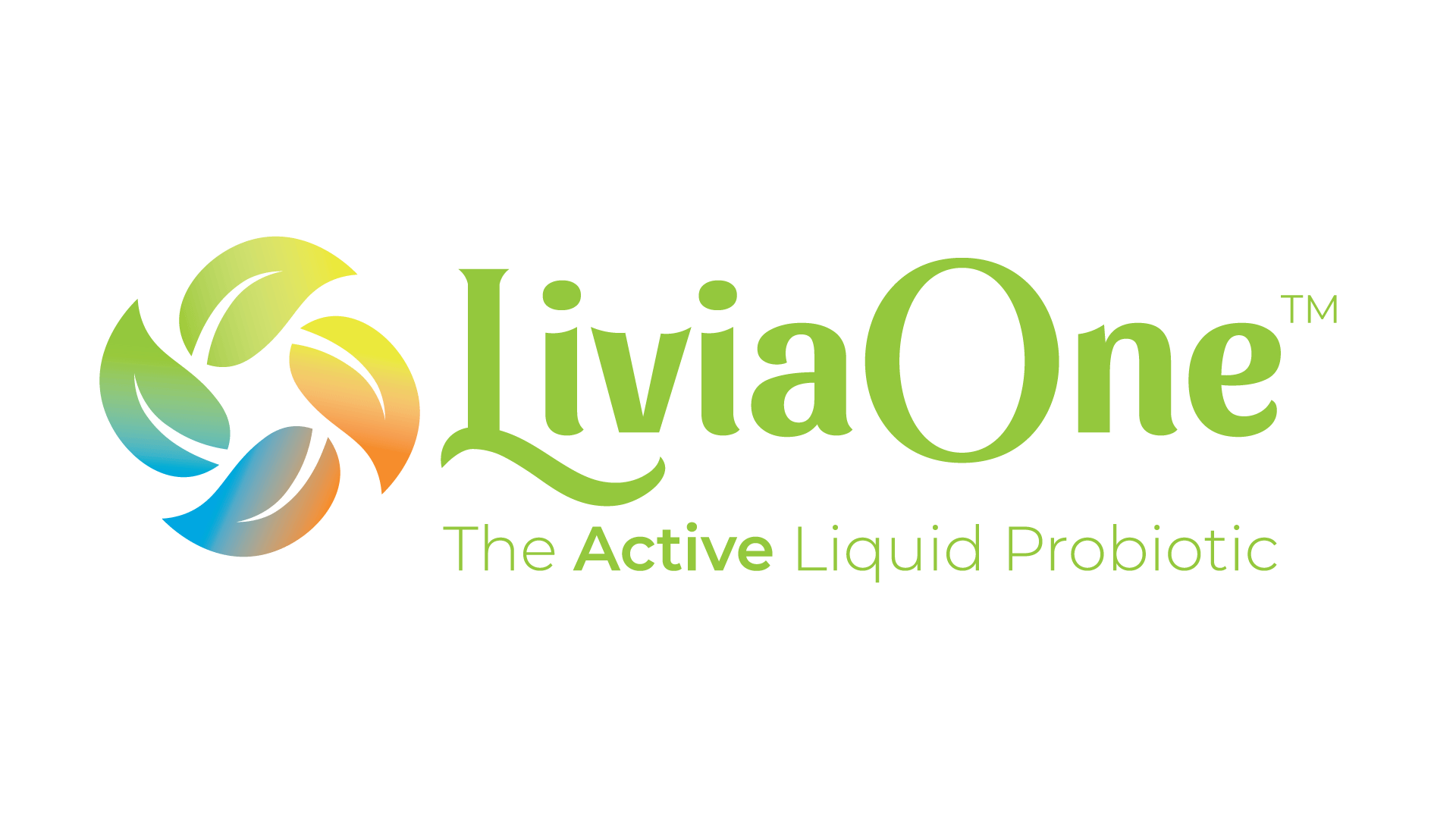Enterococcus
Enterococcus is a genus of bacteria which lives in the human body, notably in the digestive and urinary tracts. It is generally a benign bacteria in people with normal health and without compromised immune systems. It has the characteristic of being very resistant to antibiotics and treatment of the bacteria can be problematic.
There are more than seventeen identified species in the enterococci genus.(1) Only a very few are known to be of significant interest from a health and clinical treatment aspect.(2)
Vancomycin-Resistant Enterococcus (VRE) is a particularly resistant strain, believed to have originated in Europe and the UK and spread to the US. In the UK, approximately 5% of the population is believed to be carrying this strain of Enterococcus, but do not have any symptoms manifest unless they are in a high-risk group. Groups at high risk are hospital personnel including doctors, nurses and other medical staff and hospitalized patients or visitors. Very old, very young, or very ill individuals are also susceptible. (3)
Exposure can be by contact with a contaminated person or an object touched by a carrier. It can be transmitted in food, by direct touch, or indirect contact with a contaminated surface. In the US, the only reported cases were all traced back to initial contact in a hospital.
The best methods of controlling this strain are meticulous personal hygiene paying particular attention to washing hands at frequent intervals avoiding hospitals and limiting use of antibiotics for treatment of routine illness.
Control of existing Enterococcus colonies even VRE is simple. Stay healthy and maintain a well-balanced concentration of stomach flora.
Course of treatment involves a number of pharmaceuticals, dependent on test results and particular strain. Johns Hopkins has conducted exhaustive studies of treatment and control of the Enterococcus in the intestinal, urinary and reproductive systems.(4)
There was an extensive cost-benefit study conducted in 1999 that concluded the Enterococcus could be controlled and effectively diminished by use of disposable gown and glove use. Cost of the care versus the cost of treatment led to increases in initial expenditures, however, the cost was more than offset by the cost of treatment.(5)
Enterococcal infection poses a significant mortality risk to older, male, ICU hospital patients with a history of recent antibiotic use and with a compromised immune system or wounds from surgery or accident.(6)
There are probiotic uses of ingested Enterococcus, and several studies on swine and piglets have yielded positive results in controlled experiments as published by the American Society of Microbiology. Results indicate a 20%-25% decrease in chlamydia infection with a 100% correlation between four independent testing methods.(7)
While testing in humans is limited due to the relative youth of the genus (established in 1986), there are promising results from animal testing. When considered with the relatively low incidence of complications in healthy adults who are not in contact with a high-risk group, this bacteria could be of significant use in the control of more dangerous and harmful infections as chlamydia.
REFERENCES:
(1) Identification of Enterococcus Species and Phenotypically Similar Lactococcus and Vagococcus Species by Reverse Checkerboard Hybridization to Chaperonin 60 Gene Sequences by Swan Hee Goh, PhD, et al; 1999; Scientic Commons; http://en.scientificcommons.org/18965006
(2) eMedicine article by Susan L. Fraser, MD, et al. Updated 8/2008. http://emedicine.medscape.com/article/216993-overview
(3) VRE by New York Department of Health; November 2006; Vancomycin Resistant Enterococcus Fact Sheet.
(4) Johns Hopkins ABX Guide by Lisa A. Spacek, MD, PhD and Joseph Vinetz, MD; August 2009.
(5) A cost-benefit analysis of gown use in controlling vancomycin-resistant Enterococcus transmission: Is it worth the price? by Laura Puzniak, et al; 2006.
(6) Enterococcal Infection by Meera Varman, MD, et al; November 2009.
(7) Effects of a Probiotic Strain of Enterococcus faecium on the Rate of Natural Chlamydia Infection in Swine by Pollmann, et al; February 2005.
[NB to TextBroker editors. Please disable CopyScrape for footnotes listed above. Titles of white papers and articles are quoted exactly and WILL set off alarms!]
For more information:
 A complete description of probiotics, along with groundbreaking recent clinical research illustrating the many ways probiotics can prevent disease, can be found in Probiotics - Protection Against Infection: Using Nature's Tiny Warriors To Stem Infection. This new compendium from one of contributing authors of the content on this page, Dr. Casey Adams, PhD., takes the confusion out of selecting and supplementing with probiotics. Referencing over 500 scientific studies and reports, and with detailed instructions on how to make your own probiotic foods, this book is a must for anyone seeking to understand the power of probiotics, and improve their immunity and vitality. Click here for ordering information.
A complete description of probiotics, along with groundbreaking recent clinical research illustrating the many ways probiotics can prevent disease, can be found in Probiotics - Protection Against Infection: Using Nature's Tiny Warriors To Stem Infection. This new compendium from one of contributing authors of the content on this page, Dr. Casey Adams, PhD., takes the confusion out of selecting and supplementing with probiotics. Referencing over 500 scientific studies and reports, and with detailed instructions on how to make your own probiotic foods, this book is a must for anyone seeking to understand the power of probiotics, and improve their immunity and vitality. Click here for ordering information.
Please read this Disclaimer:
The contents of this site, such as text, graphics, images, information obtained from www.Probiotic.org licensors and other material ("Content") contained on this site is for informational purposes only. The Content is not intended to be a substitute for professional medical advice, diagnosis or treatment. Always seek the advice of your physician or other qualified health provider with any questions you may have regarding a medical condition. Never disregard professional medical advice or delay in seeking it because of something you have read on this site!

